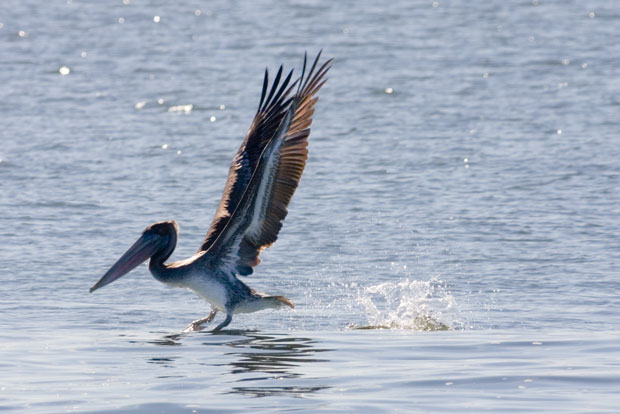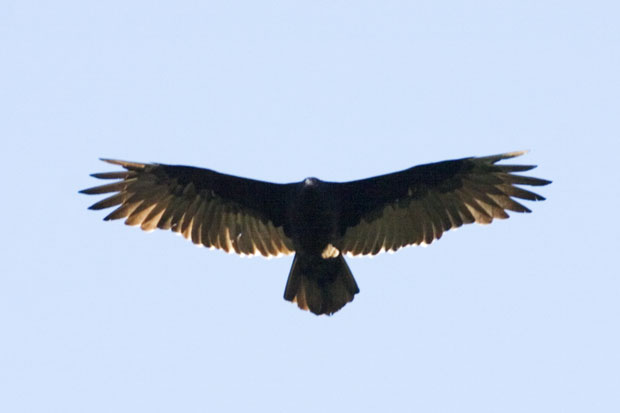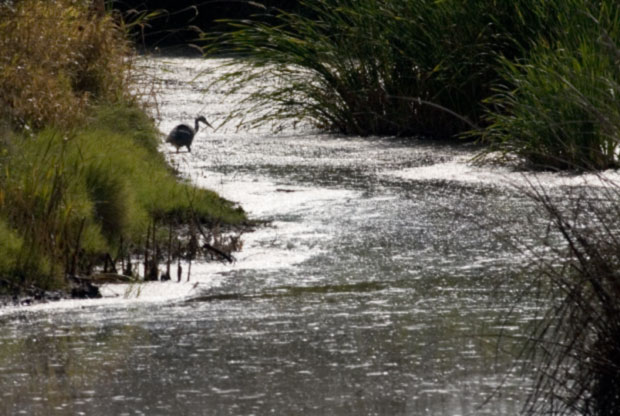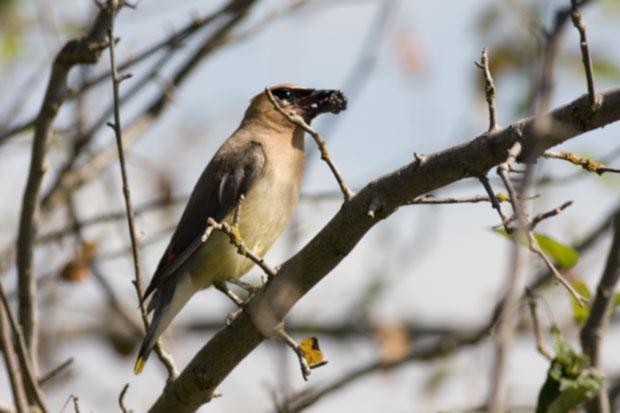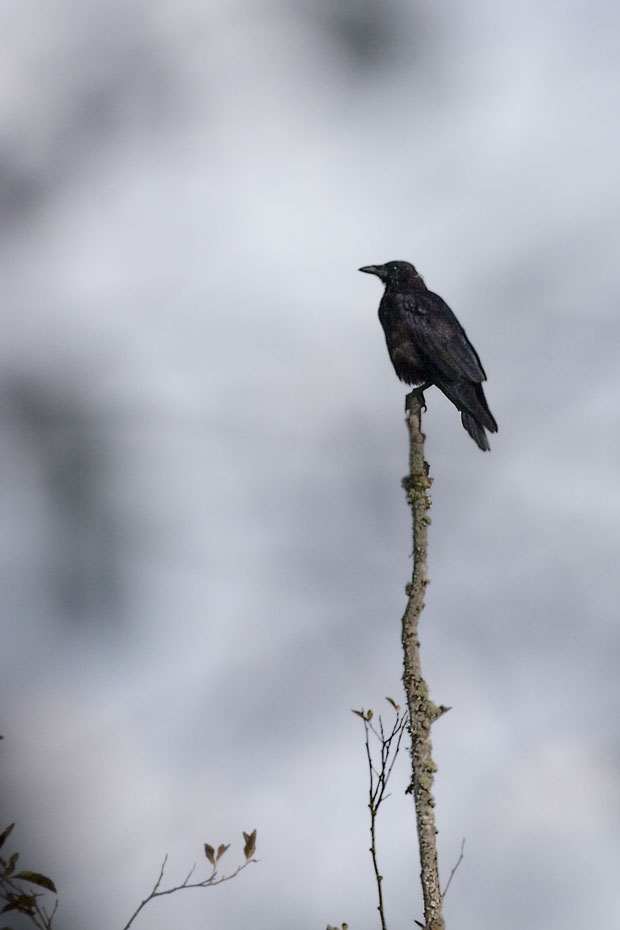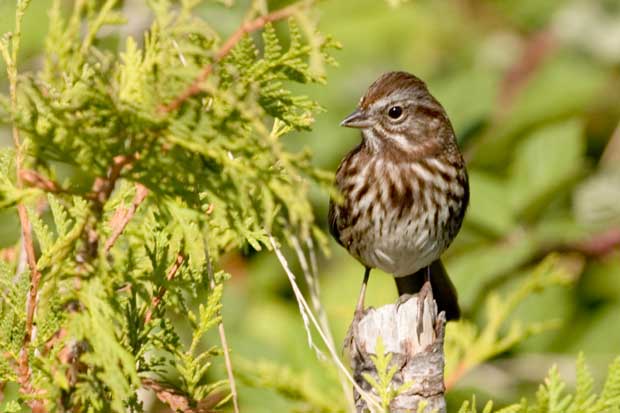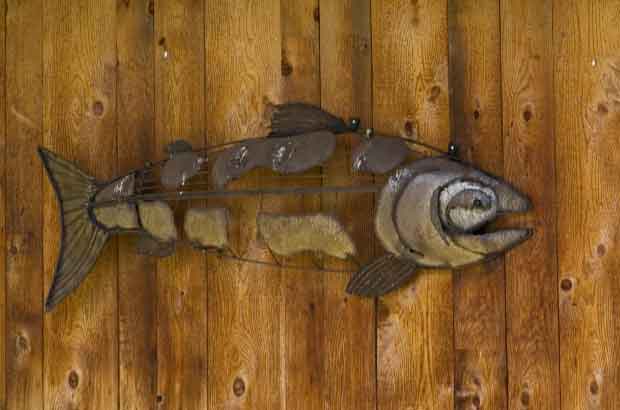Even our trip home from the Oregon Coast turned into a delightful adventure when we decided to stop at the William L. Finley National Wildlife Refuge rather than driving straight home. Though I’ve driven across this country repeatedly, I’d never stopped and walked the land before.
It turned out to be quite different from any part of Oregon I’ve walked before, much drier than I would’ve expected, emphasized even more by a “controlled burn” they’d set just before we arrived as much of the land was scorched black, with only a few, scattered oak trees left standing.
Despite the scorched ground, or perhaps because of it, we were met by this elegant Cooper’s Hawk who seemed nearly as curious as we were, circling overhead repeatedly:
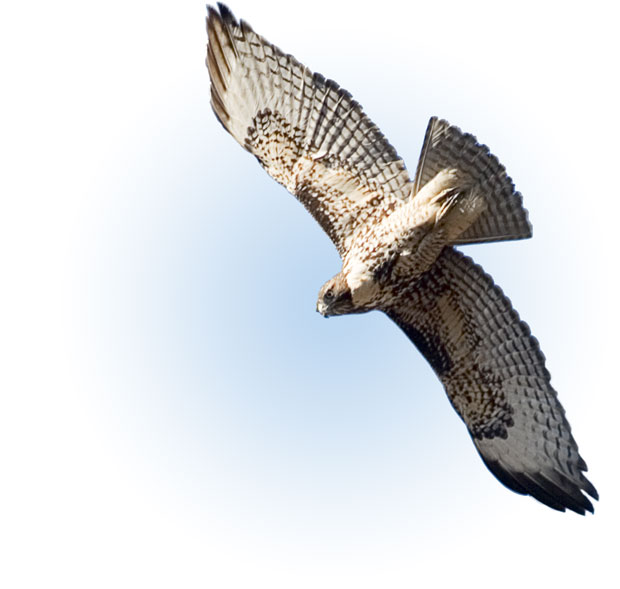
When greeted at the rest stop by this shy Egret, we were nearly as surprised it was:
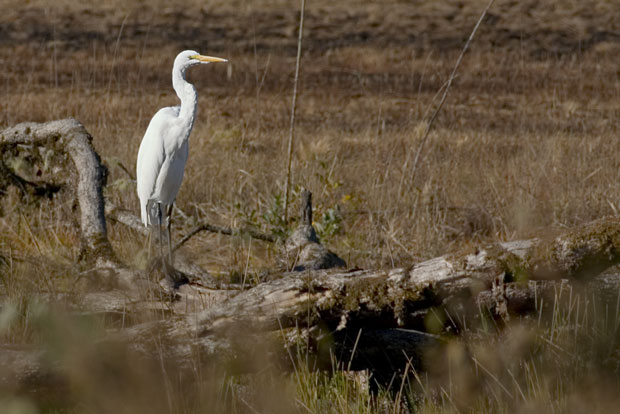
Higher parts of the refuge were covered in Oak forests, which reminded me of areas in Northern California Wine Country. Disappointingly, the lake that normally offers refuge to thousands of migrating birds was bone dry. In fact, it appeared they were using heavy equipment to dig a deeper pond so this wouldn’t happen again.
Although we didn’t see as many birds as I’d hoped to see, we did see several other raptors, and even delicate butterflies that blended in with the fall colors that dominated the refuge, as summer’s beauty slowly fades to fall’s rebirth:
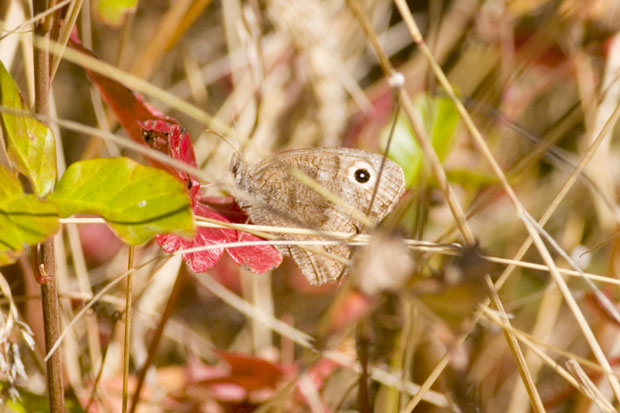
We even met a bright, engaged young grad student at the refuge, one who realized just how special this place was and how endangered many of the species are that live here. He’s also an excellent nature photographer and offered some great ideas on how and where to get future shots.

